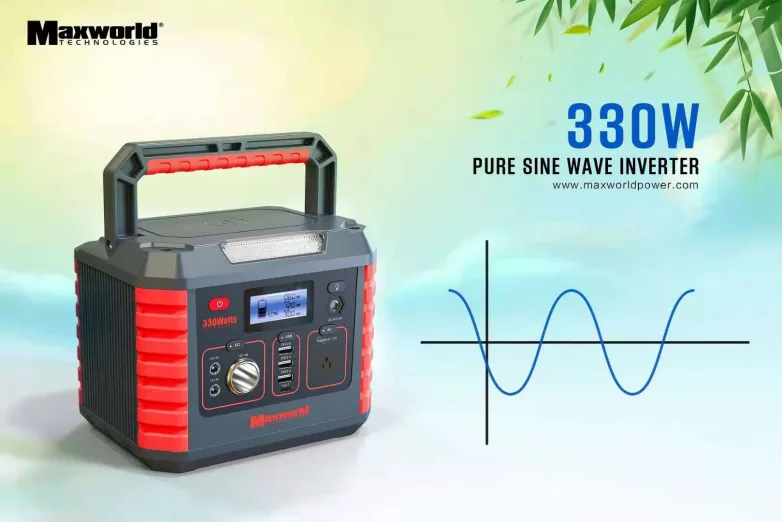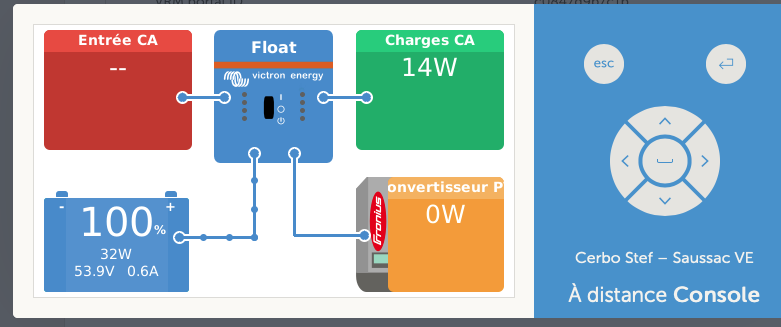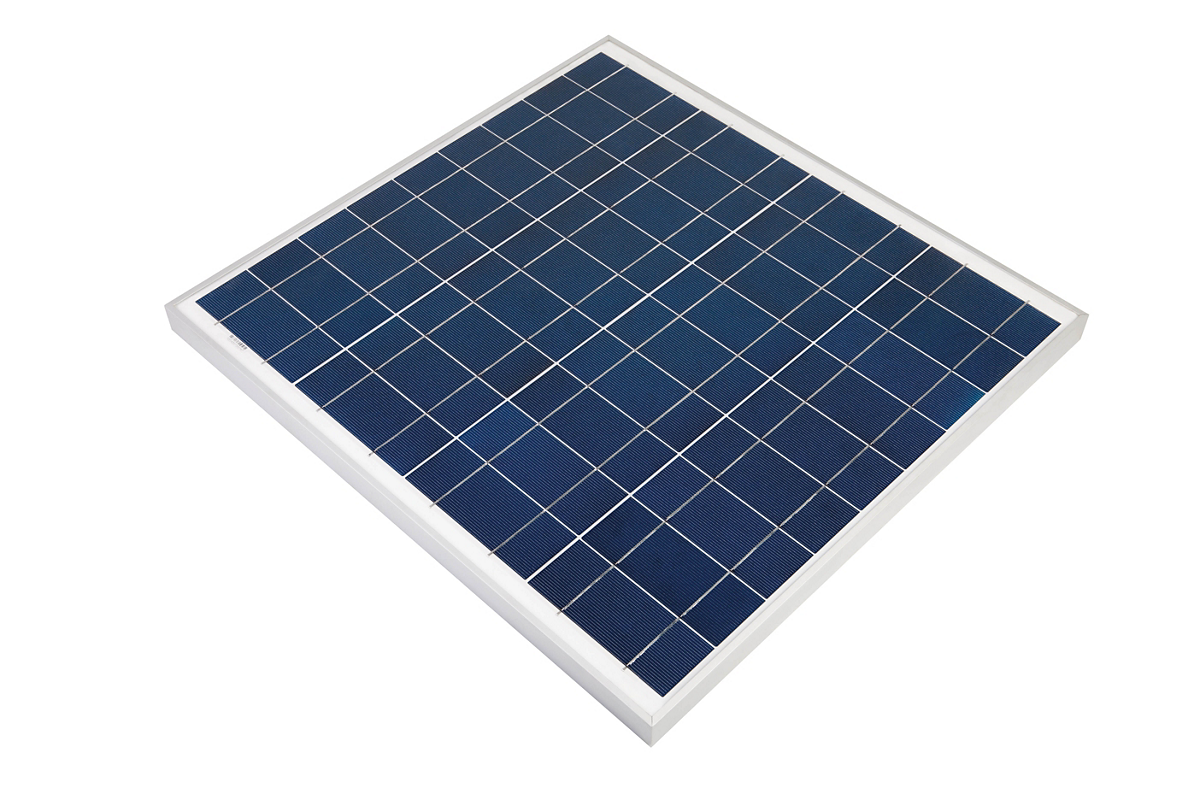Solar backup generator vs LiFePo4 portable station- what you know about?

When it comes to small off grid portable solar applications, several product manufacturers on the market claim to be "solar backup generator". So what are they and how to choose the best? In this discussion, we will discuss the ideal solution for a larger and more stable lithium iron phosphate (LiFePO4) battery with available output as a temporary off grid power supply.
Why lithium iron phosphate? It's easy. It's very clean. Is green. And it's safe. LiFePO4 batteries are made of non-toxic materials and have chemical and thermal stability superior to other lithium-ion batteries, allowing them to store more energy and stay cool at room temperature.
By definition, a generator is a machine that converts one form of steady energy into another, for example, a generator that converts mechanical energy into electrical energy. Solar energy is hard to stabilize. All these "solar backup generator" on the market are nothing more than batteries of various sizes with built-in inverters and displays with usable output. Also, most of them don't come with solar panels for charging, and barely provide enough power to turn on a few lights for a few hours and charge a phone.
We prefer to use the term portable solar power station as a more accurate product description. In addition, the size of that in terms of battery capacity and required output will depend on your intentions and requirements for off-grid use.
How to choose the suitable LiFePo4 portable station?
Before choosing an off-grid portable battery mobile power supply, you need to decide the following:
- A.Battery wattage and capacity
- B.Built-in inverter and output
- C.Charging controller technology
- D.Use solar panels to charge
-
Battery power and capacity
Collect all appliances you plan to use with the off-grid system: lights, toasters, coffee makers, microwaves, portable electronics, etc. Check the power supply for each item and note how many watts each item will consume. If only volts and amperes are listed on your device, watts = volts x amperes.
Next, note the number of hours you plan to use the device that day. Note that we are measuring watt-hours, as electronic devices and home appliances consume power at a variety of voltages. To calculate the amount of stored energy required to charge small portable devices such as phones and tablets.
Take an easy example:
Microwave: 1000 watts x.25 hours (15 min/day) = 250 watt hours
Lights: 4 bulbs, 60W = 240 w x 2 h = 480 w
Mobile device charging: 5V x 2A = 10 watts x 1.33 hours = 13.3 watts (if you need to charge multiple phones, be sure to double it).
Base battery power requirement: 743.3 watt-hours
Ideally, you should choose a battery that has at least 25% more watt-hours than the baseline to avoid depleting the battery to zero. In this example, the watt-hour requirements are:
743.3wh x 1.25 = 929.125wh

-
Inverter Options
Next, consider the inverter's capabilities before you run out and buy a large portable battery station. The inverter's job is to adjust the input energy load (varying amounts of solar energy) to the energy stored in the battery and distribute the energy to a level suitable for home electronics via built-in AC, USB or other output. The commercial choice is pure sine wave or modified sine wave. Pure sine waves provide a cleaner, smoother current, which is typically needed for large appliances. The corrected sine wave is sufficient for smaller electronics.
You need a built-in inverter that provides various electrical input/output options to maximize the flexibility of battery charging and power usage.
Typical power charging inputs are:
- a.Dc charging port (connected to standard AC power socket)
- b.The power lever
- c.12V auxiliary power socket (aka car cigarette lighter)
- d.The solar panels
C. Charging controller technology
Any solar panel that offers an output option of 12V or more requires a solar charging controller and is usually built into a portable solar portable power supply.
There are two types of charging controllers: one is pulse width modulation (PWM), another is maximum Power point tracking (MPPT).
Portable battery mobile power supplies (aka "solar backup generator") will have one or another technology built in. The PWM function is fairly simple because it reduces the input solar voltage to the voltage of the battery it is connected to and reduces the applied power as the battery nears full charge.
Portable solar plants built with MPPT technology are more complex (and expensive). Solar panels with high power ratings typically provide much higher voltage than required. MPPT technology uses extra voltage to effectively reduce the time required for battery charging. If you have multiple solar panels with more than 100 watts to charge one or more large batteries, MPPT technology is the best choice for efficient and timely solar charging.
If MPPT technology is not specified in the product description when buying a portable solar power station, it is highly unlikely to be a feature because it is much more expensive to manufacture.

D. Choose off-grid: use solar panel charging time
Using solar panels to charge batteries requires a large amount of solar panel power rating to successfully charge them in a relatively reasonable amount of time. A 6W panel can only charge a 12V battery at a trickle, and if you're smart enough, you can tilt the panel correctly towards the sun during sunny hours. The 100W panel is a good place to start, and the additional solar wattage combined with the MPPT charging controller will greatly improve your charging speed.
To determine approximately how much total energy you can get from the panel per day, multiply your solar irradiance value (KWH/m2 / day) by 75% to address inefficiencies during charging, and then multiply that number by the total wattage of the solar panel.

Conclusion:
The 4 above-mentioned factors are supposed to be taken into consideration when choosing appropriate LiFePo4 portable station. If you have any questions, please contact Maxworld manufacturer to offer you better choice.
Also read
- Soltage raises $80m debt to expand U.S. solar and storage pipeline
- Voltalia prepares site for 43-MW solar-storage hybrid in French Guiana
- Poland funds eight energy clusters, thousands of rooftop solar installs
- Hyperparameter Tuning Good Practices for Robust Predictive Models
- Vena Seals Financing for 300-MW Opus Solar

